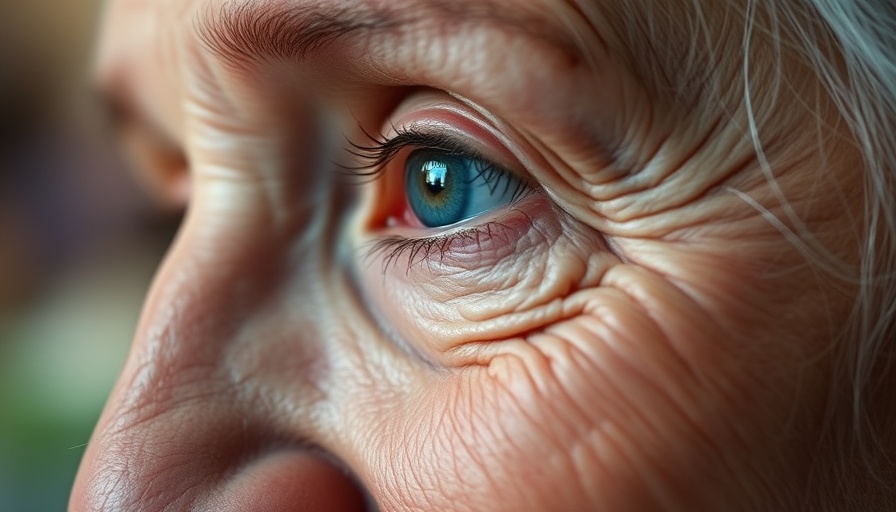
Embracing Nature Through Technology
The advent of virtual reality (VR) has transformed many sectors, and now it reaches into healthcare, offering fresh hope for enhancing emotional well-being in older adults, particularly those living with dementia. A pioneering study at Texas A&M University illuminated an innovative approach using nature-themed VR to lift the spirits of Alzheimer’s patients. Amidst their challenges, the chance to immerse themselves in serene natural landscapes has shown promising results.
The Study: Methodology and Findings
Guided by researcher Junhyoung "Paul" Kim, a pilot study involving 11 residents diagnosed with mild to moderate Alzheimer’s was conducted at a long-term memory care facility. The participants engaged in VR sessions twice a week, where they donned Oculus Quest 2 headsets and explored tranquil environments like lush forests, sunlit meadows, and gentle oceans for 20 to 30 minutes. This consistent interaction not only significantly heightened feelings of pleasure and alertness but also reduced negative emotions like anxiety and sadness.
Memory’s Tie to Nature
One of the most compelling aspects of the study was the emotional connection participants experienced. As they navigated through these virtual landscapes, many reported being reminded of beloved places and moments from their past. Kim pointed out that virtual reality can transcend physical limitations and transport these individuals to places they may no longer have access to, thus enriching their experiences and quality of life.
Challenges with Usability
Despite the positive outcomes, the study did not shy away from addressing the usability barriers encountered. Some participants struggled with the technical aspects of the VR experience, such as using headsets and handheld controllers. This tees up a vital discussion about the need for age-friendly technological designs—enhancements that could break down barriers to access for older adults, especially those with cognitive impairments.
Future Implications and Opportunities
Looking forward, the insights gleaned from this research could steer broader applications of VR in healthcare. As we continue to uncover the therapeutic potential of immersive technology, there's an opportunity for VR developers to create platforms specifically attuned to the needs of older users. A thoughtful design could not only ameliorate the usability issues but also significantly amplify the benefits of these therapeutic sessions.
A Call for Action: Bridging Technology and Care
As society ages in unprecedented ways, the intersection of technology and healthcare demands our attention. The findings from Texas A&M’s study urge stakeholders—from tech developers to caregivers—to prioritize accessibility and usability in VR tools. Embracing technology in ways that cater to the elderly can privilege their emotional health and overall quality of life. As we stand on the brink of a new frontier in healthcare, let us advocate for innovations that harmonize technology with compassion—transformative changes anchored in understanding the needs of our aging population.
 Add Row
Add Row  Add
Add 




Write A Comment